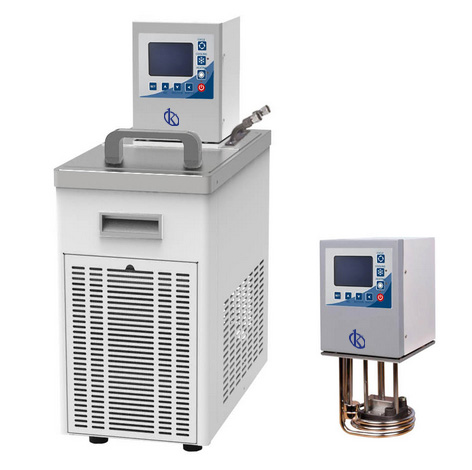Biopreservation is the science of protecting biological samples for future use. Samples may be retained for a variety of reasons, including scientific research, legal evidence, or historical record. There are many different ways to store samples, but one of the most common ways is to use water baths.
Water baths are simple devices that use a controlled temperature to preserve samples. They can be used to store a variety of samples, including blood, urine, and stool. They are particularly suitable for storing biological samples because they can maintain a constant temperature for long periods of time. This makes them ideal for storing for long periods of time, such as in legal cases or long-term research projects.
Fundamental Principles
Water baths can be used to store samples at a variety of different temperatures. The most common range is between 4 and 10 degrees Celsius, but water baths can also be used to store samples at -20 degrees Celsius or less. The choice of temperature depends on the type of sample to be stored and the period of time to be stored.
There are some things to consider when using water baths to preserve samples, such as:
- First, it is important to use clean, distilled water. This will ensure that the water does not contain any contaminants that could damage the samples.
- Second, water must be changed regularly to prevent the growth of bacteria. Finally, samples should be stored in airtight containers to prevent drying.
Water baths are an effective way to preserve biological samples for future use. They are easy to use and can be used to store samples at a variety of different temperatures. By following these guidelines, you can ensure that your samples are stored correctly and are ready for use when you need them.
Methods of Storage
There are several ways in which Water Baths can be used to conserve serologic tests. First, they can take blood samples from the individuals and then bathe them in water. This is usually done with the intention of inactivating any virus or bacteria present in the sample. Afterwards, samples can be stored in a refrigerator or freezer.
Second, they may take the blood samples and mix them with a saline solution before bathing them in water. This is usually done to prevent the sample from clotting. Afterwards, samples can be stored in a refrigerator or freezer.
Third, they may take the blood samples and bathe them in water with a solution of formaldehyde. Formaldehyde is a preservative and therefore this technique is generally used for the long-term preservation of samples.
There are other methods that can be used to conserve blood samples, but Water Baths are usually the method of choice because of their effectiveness and simplicity.
Water Baths, brand Kalstein
We at Kalstein offer you the best laboratory equipment, with the most advanced technology on the market. We have for our clients the Water Baths, belonging to the YR series, has
- Integrated stamped camera, slot at the bottom for better drainage.
- 304 Stainless Steel Material Chamber and Shelf, Antioxidant.
- Five-ring cap, more suitable for different sizes of glass items.
Among many other features you can see from our catalog HERE We are manufacturers and we have the best advice, so that your purchase is the ideal and at excellent prices. To do this, visit HERE

